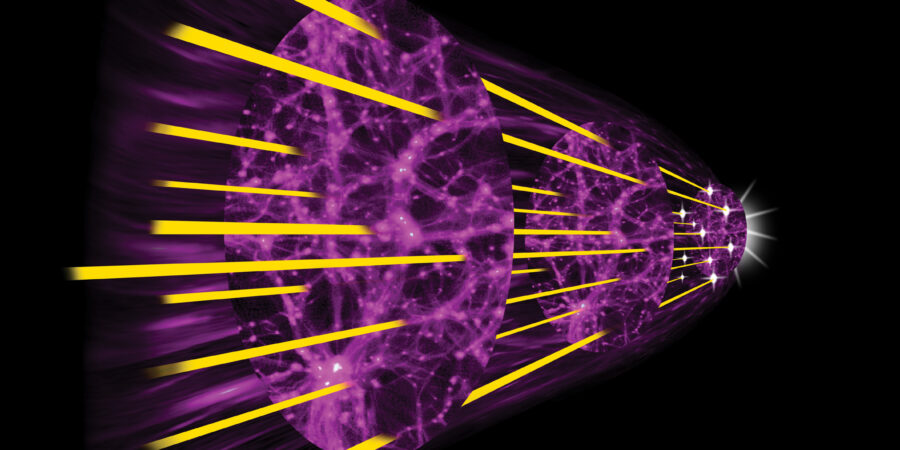
The last ten years has seen the emergence of a new form of large-scale structure survey, 3D intergalactic medium structure measurements using the Lyman-alpha forest (through SDSS-III and SDSS-IV). The focus has been statistical measurements of early dark energy using Baryon Acoustic Oscillations. These measurements over the next 5 years will drive deeper investigations into broader cosmological and astrophysical properties of the z>2 universe. In addition to studying structures statistically through correlation functions, we will also begin to produce high-fidelity cosmic web maps using IGM tomography. Furthermore, the combination of intergalactic gas properties with emerging spectroscopic samples of z>2 Lyman-alpha or OIII emitting galaxies (from HETDEX and Euclid) will transform our understanding of galaxy formation. We will study the emergence of the star formation rate peak by probing the inflows that drive it (and the outflows that regulate it) in the circumgalactic medium of many 100s of thousands of galaxies.
Towards the end of this 5 year period, we will go beyond the use of quasars as a background light source for yet higher 3D sampling, and begin to use Lyman-break galaxies starting with the DESI extension, DESI-Ib. This will provide both greater structure sampling for cosmology (BAO, non-Gaussianity and structure formation, neutrino masses) and the opportunity to routinely probe the circumgalactic medium with galaxies in front of galaxies.
Cosmic web mapping using IGM tomography will become increasingly active beyond the next 5 years with DESI-II and then MSE surveying many 1000s of square degrees pushing to ever higher spatial resolution. In 10 years, ELT-MOSAIC will provide an exquisite cosmic web map and close the feedback loop from large cosmologically-driven scales down to the circumgalactic medium to understand the physics of cosmic dawn.




